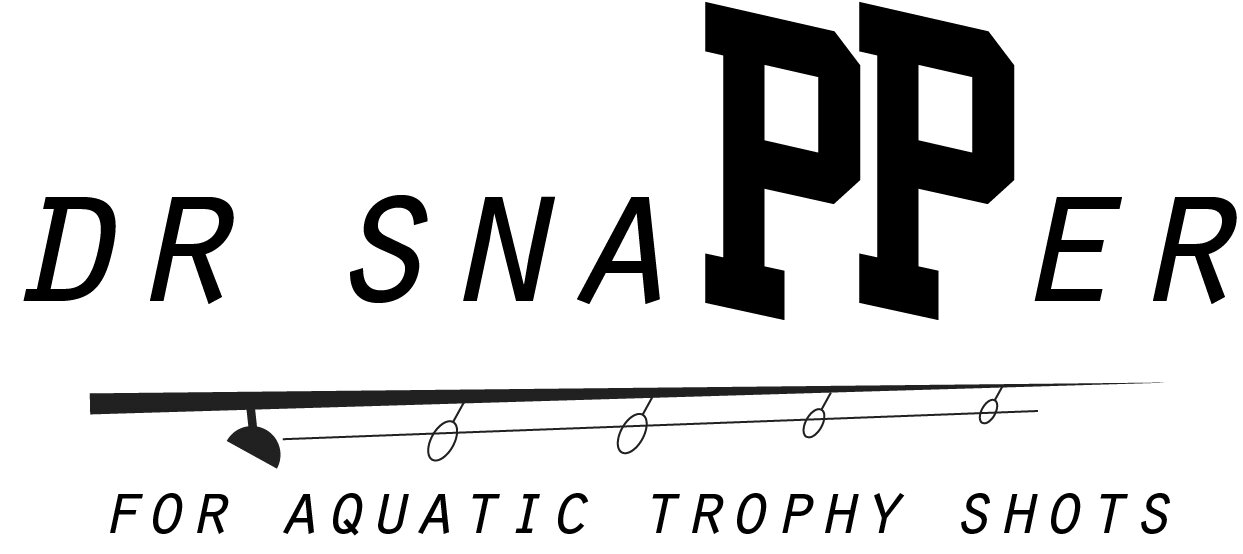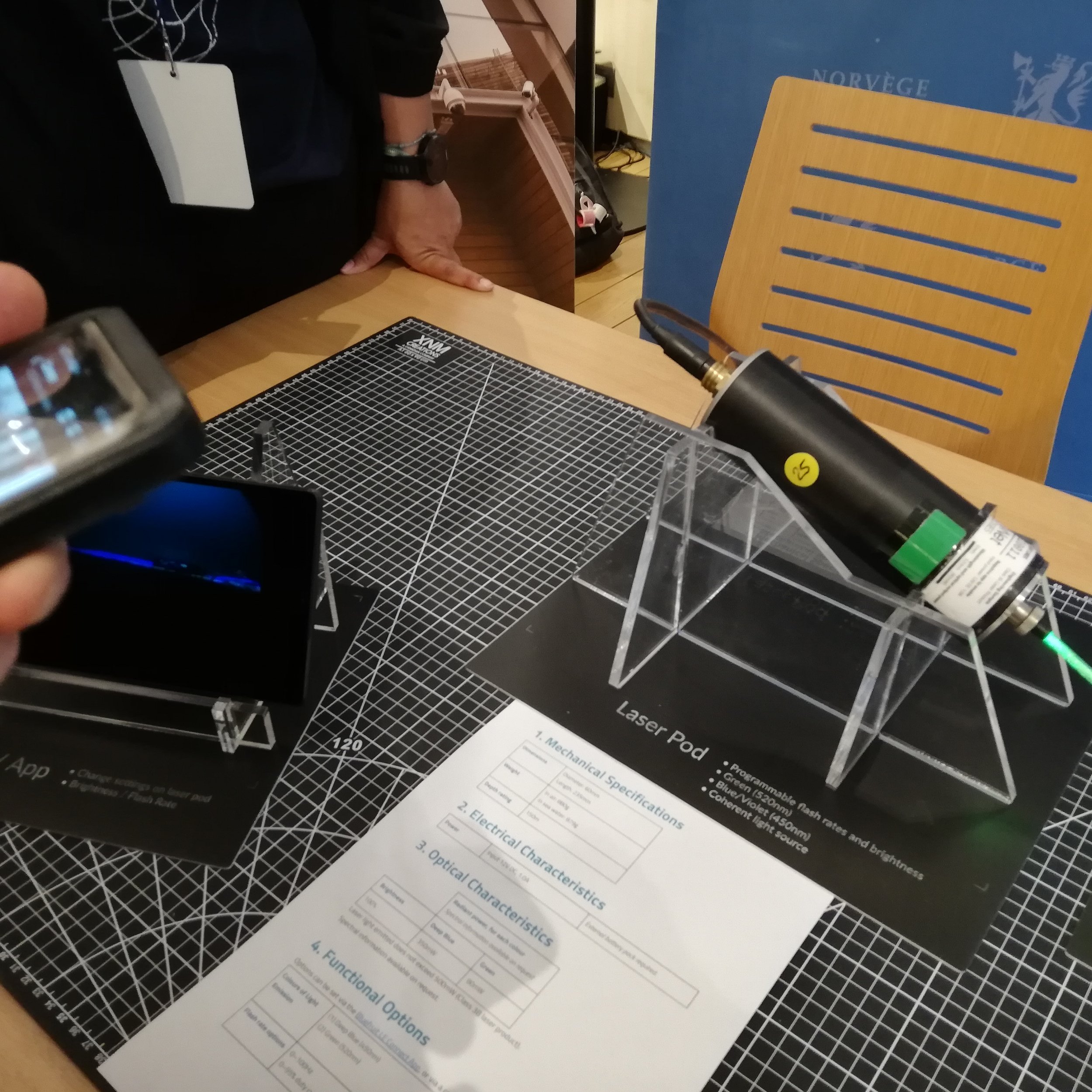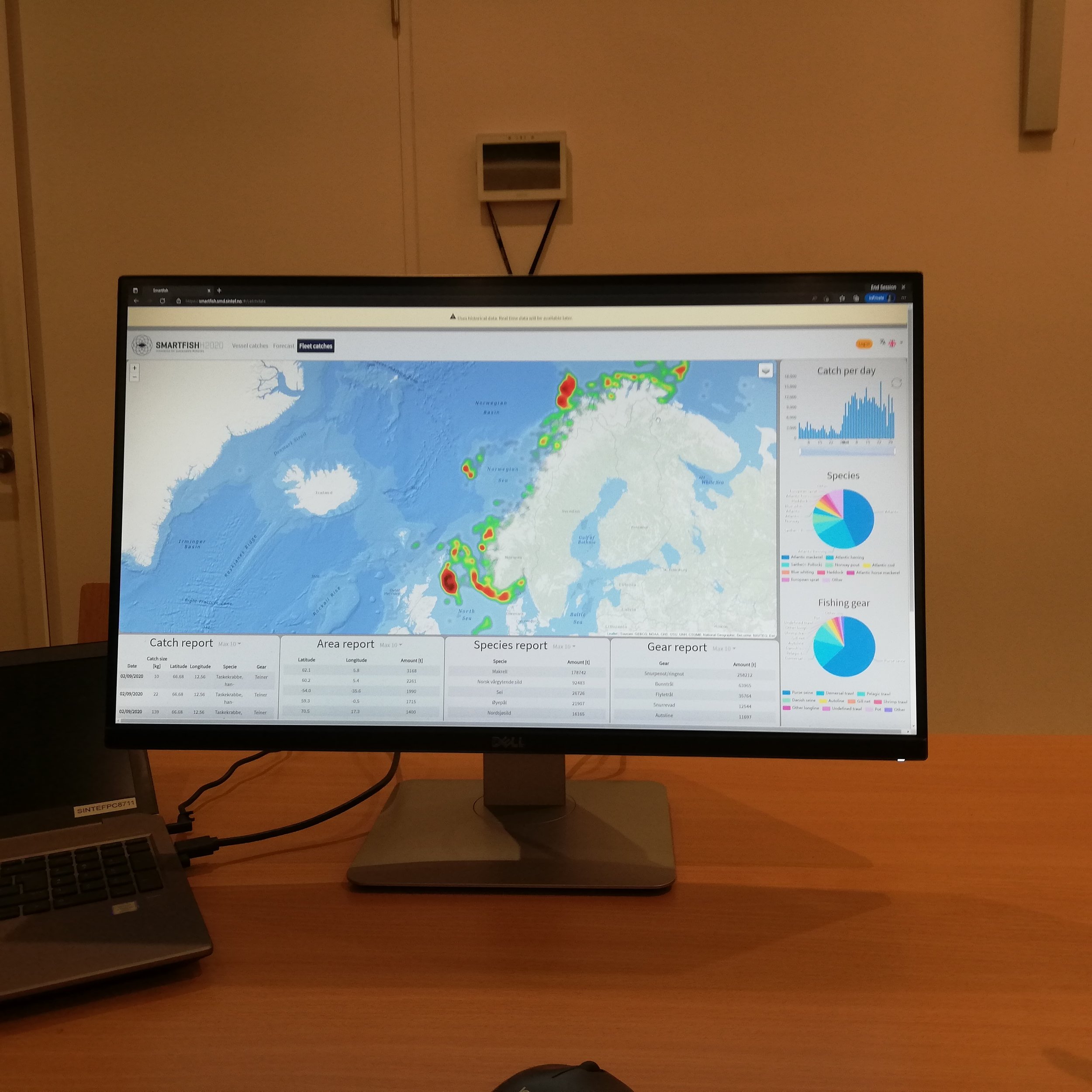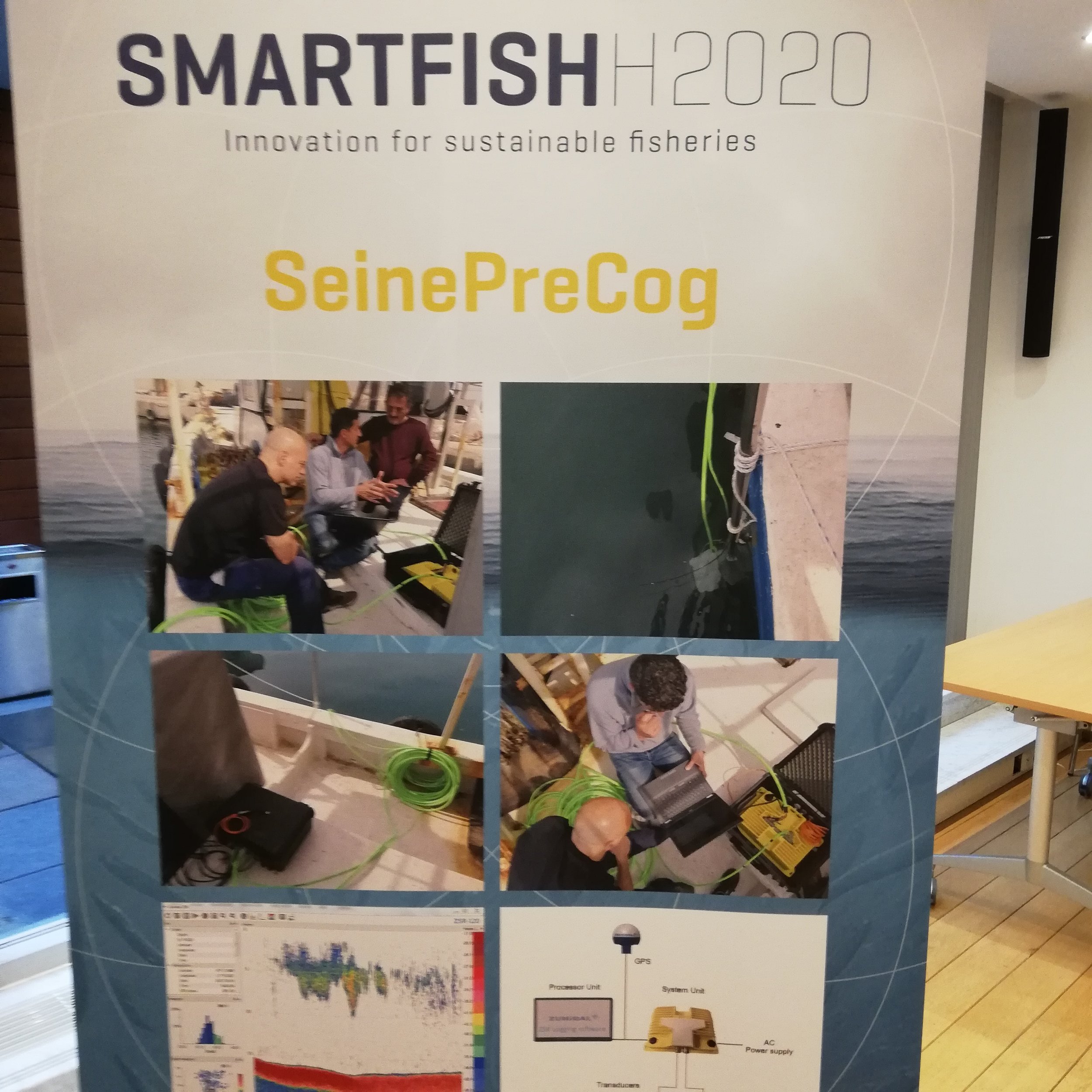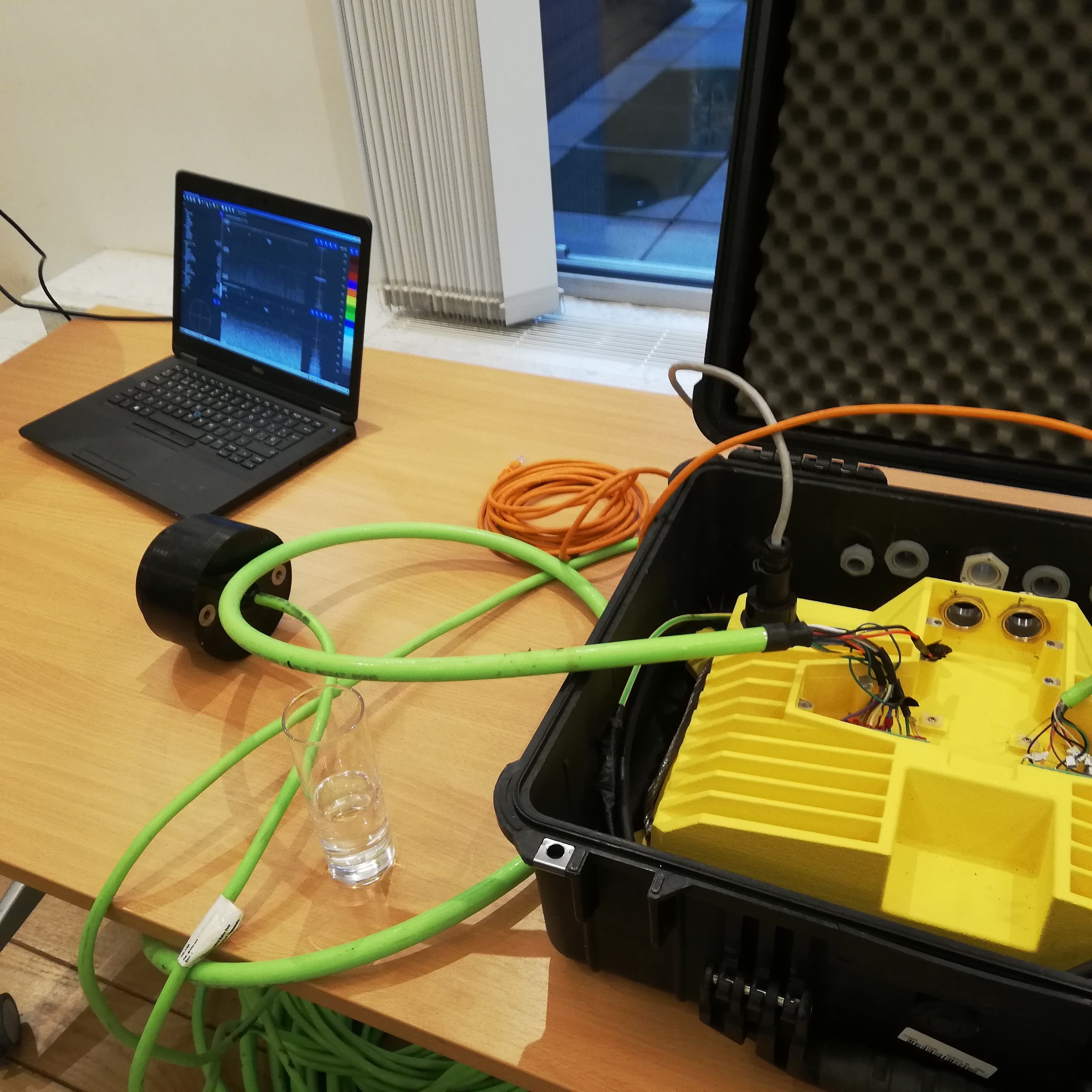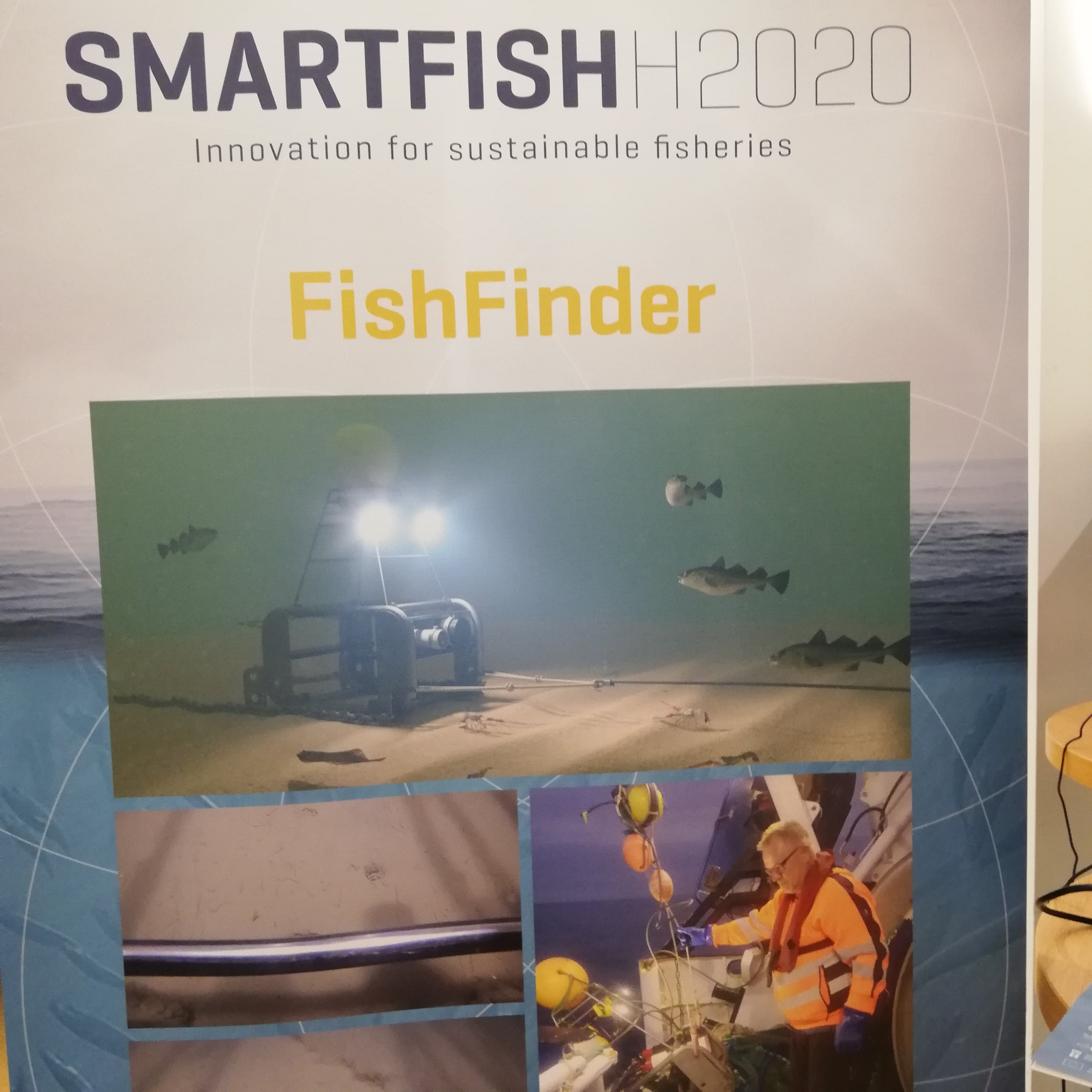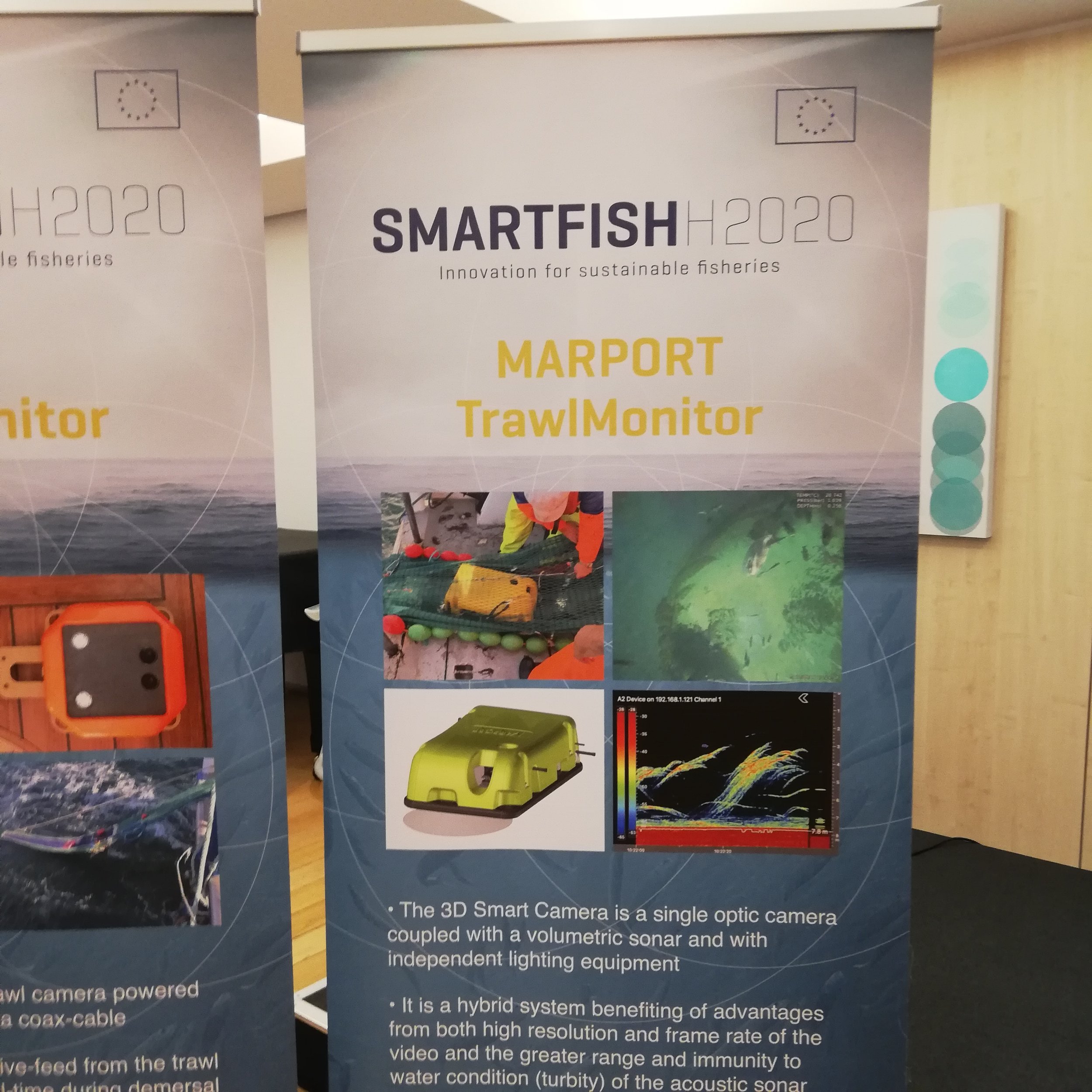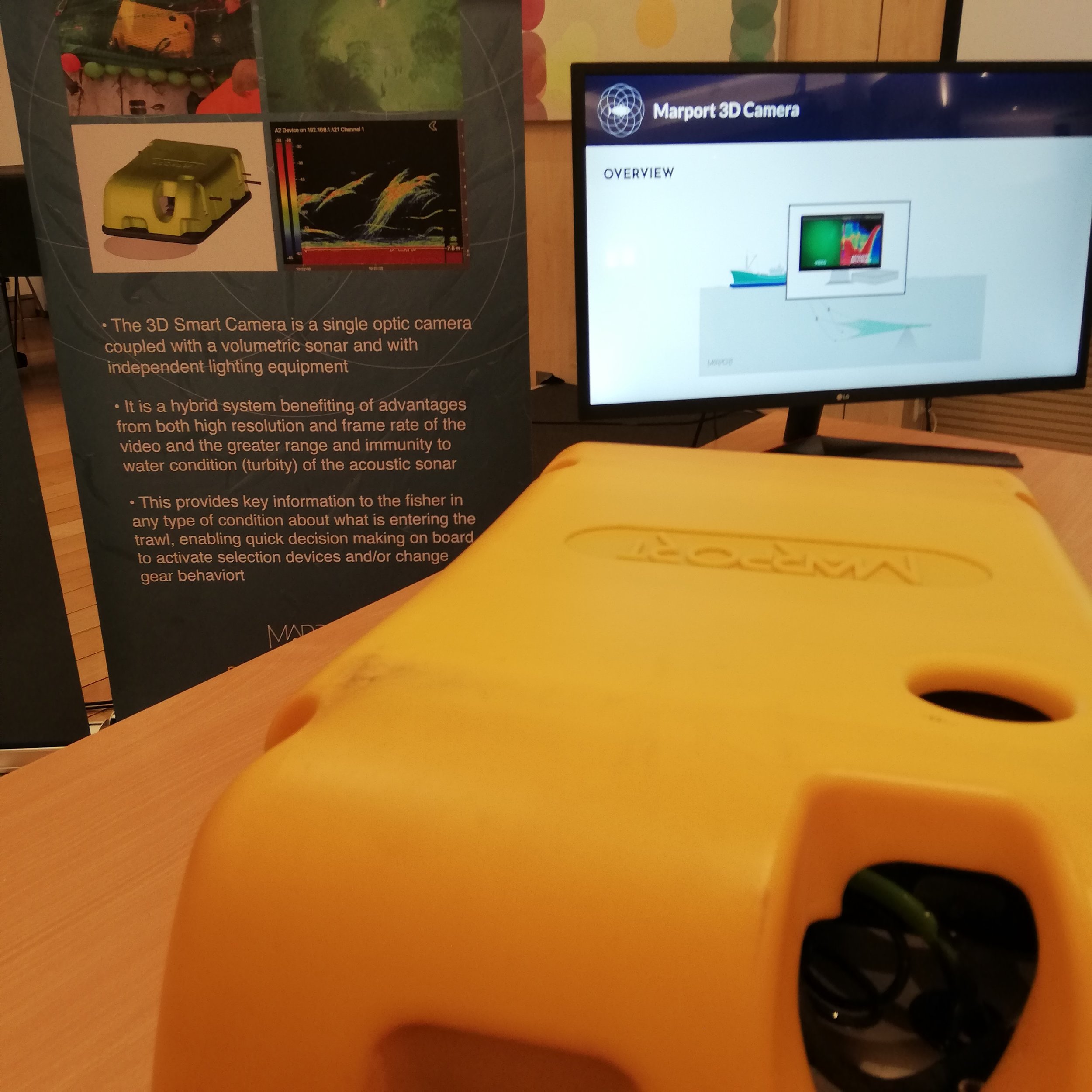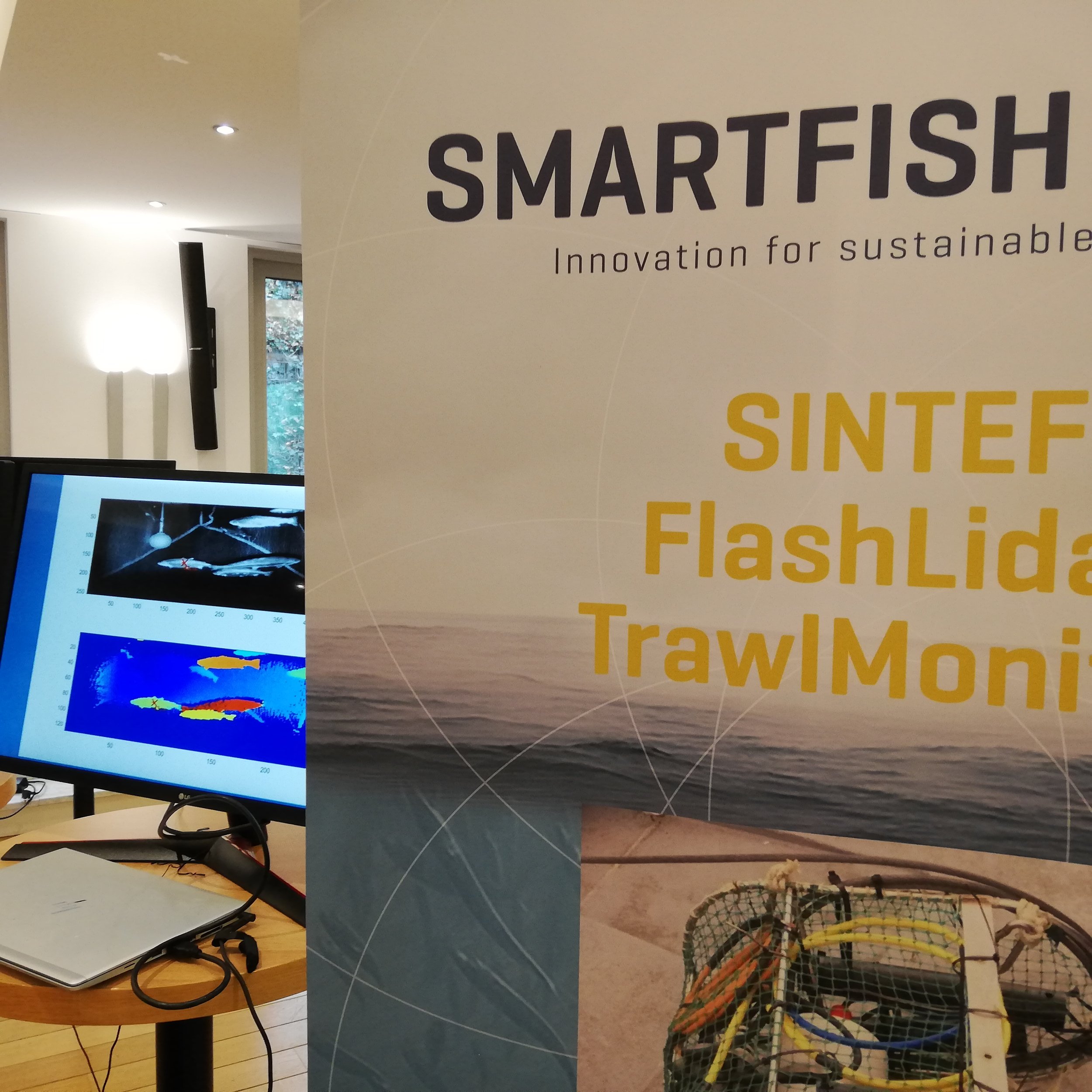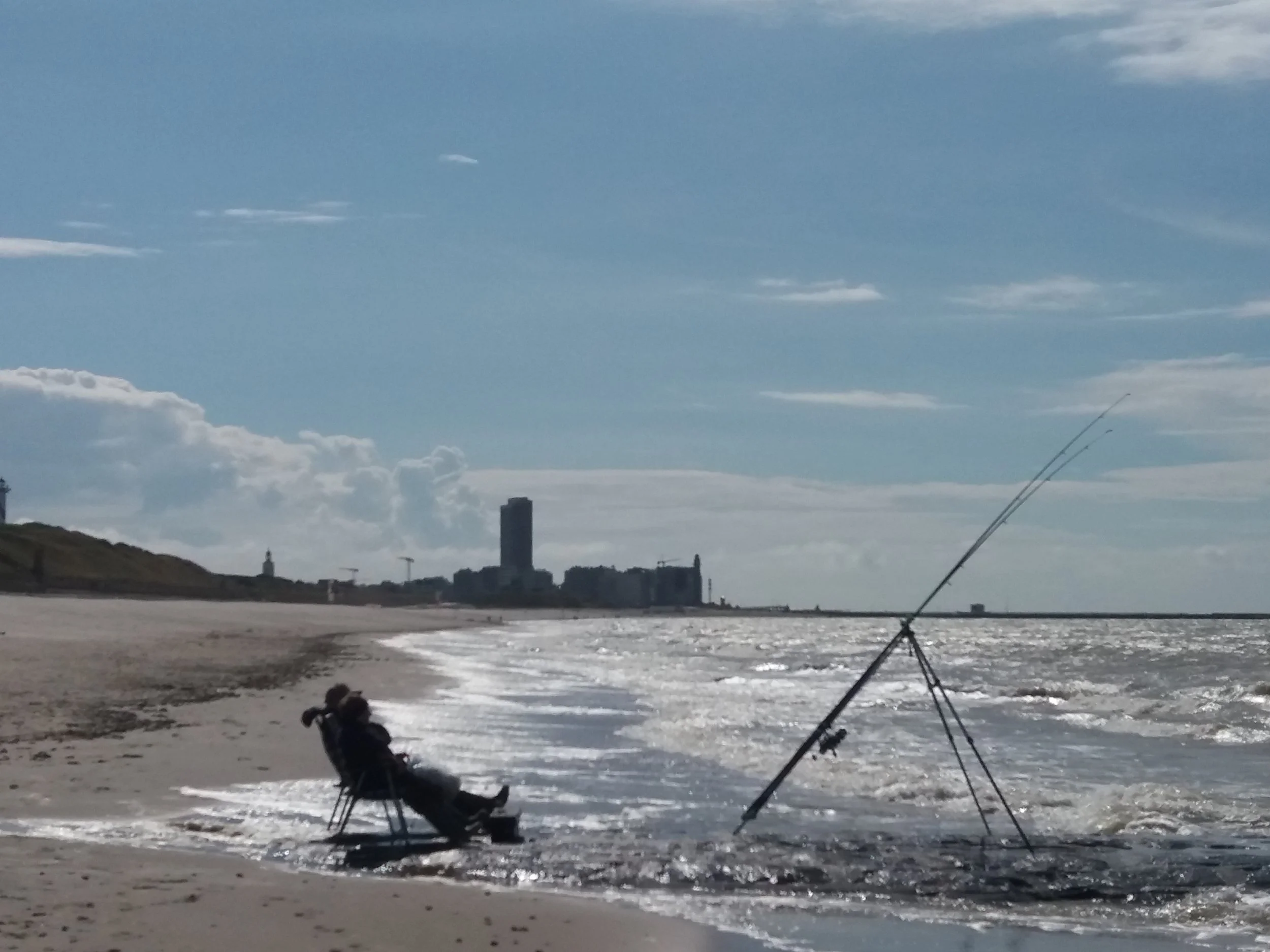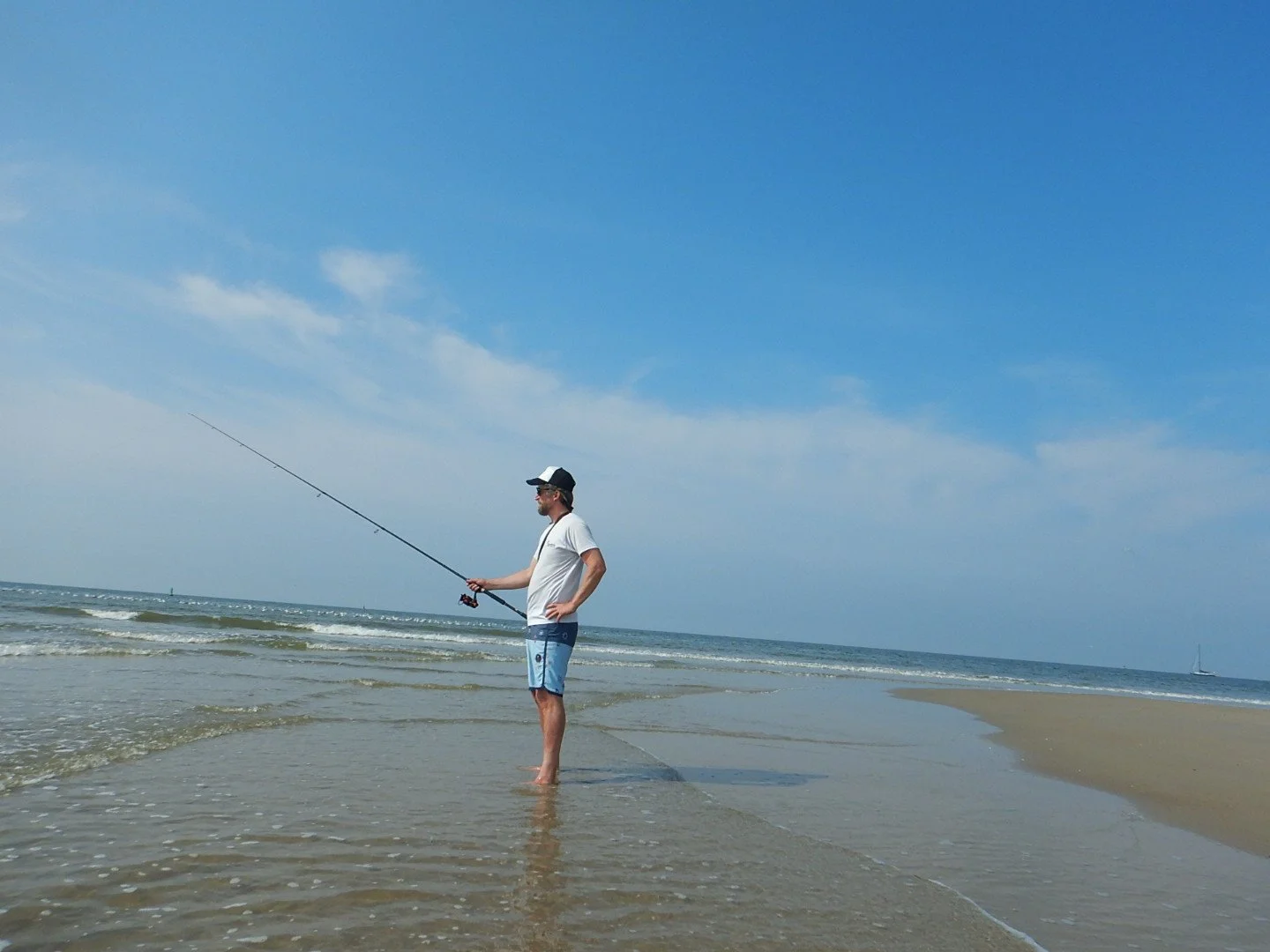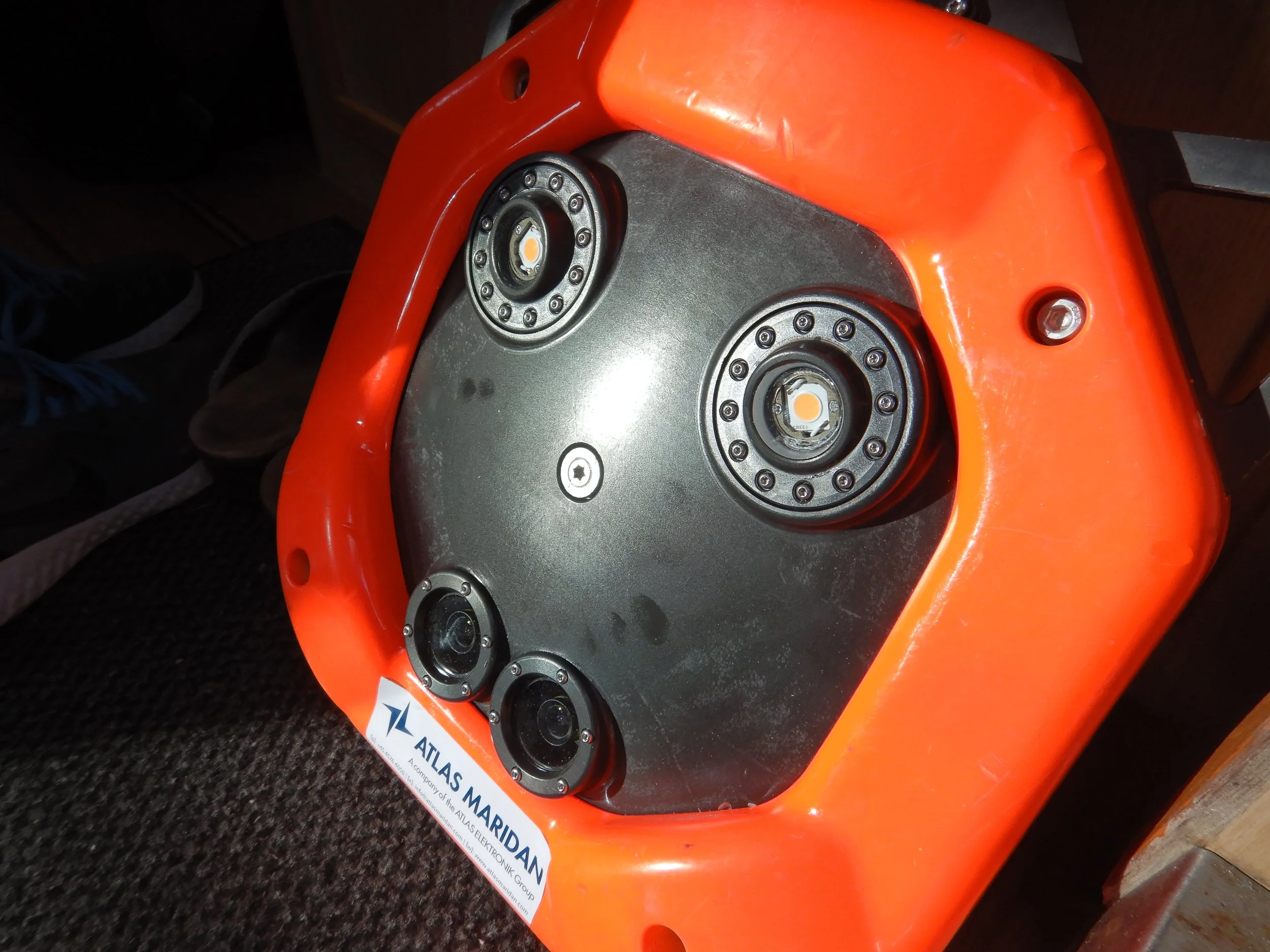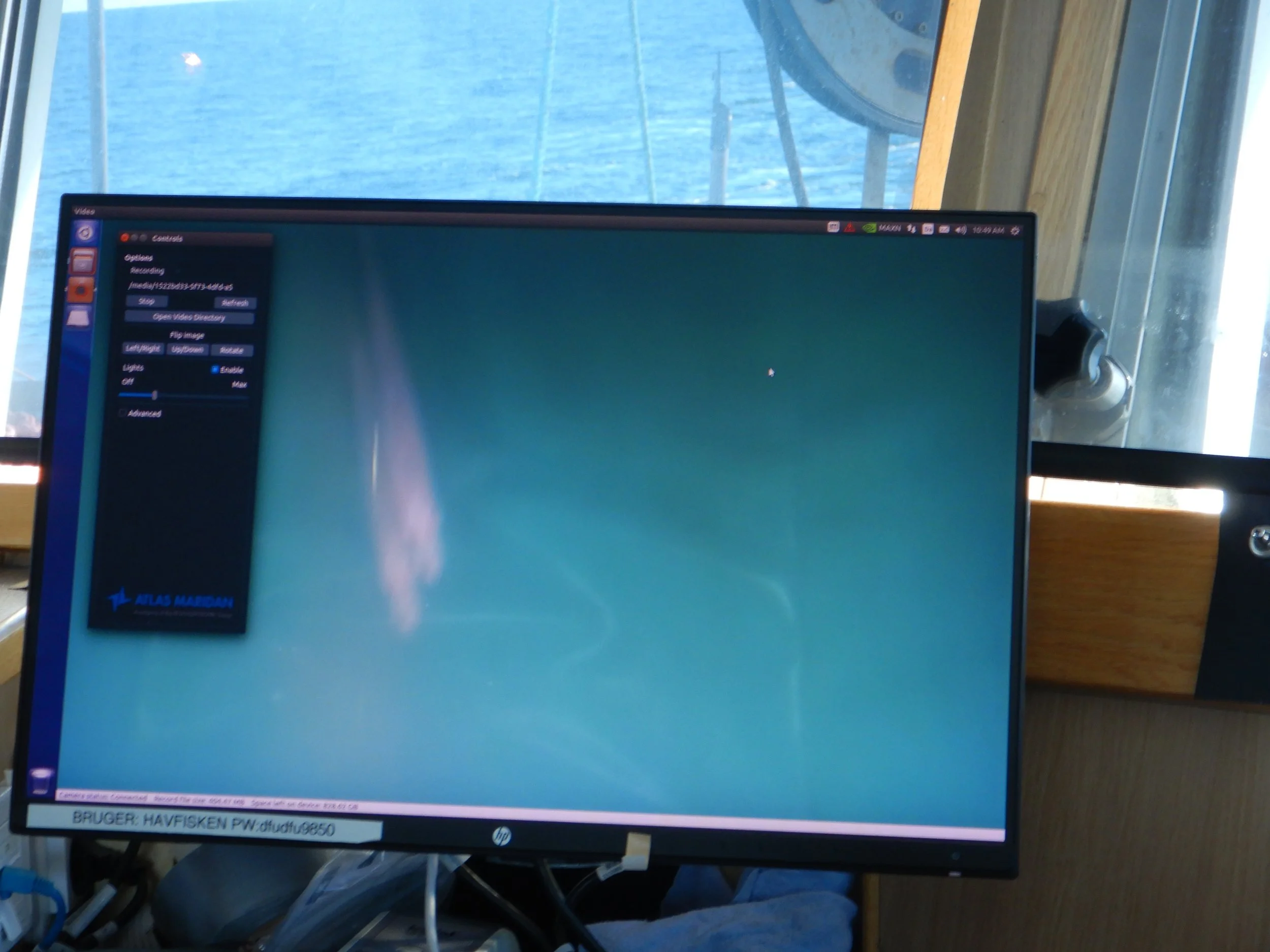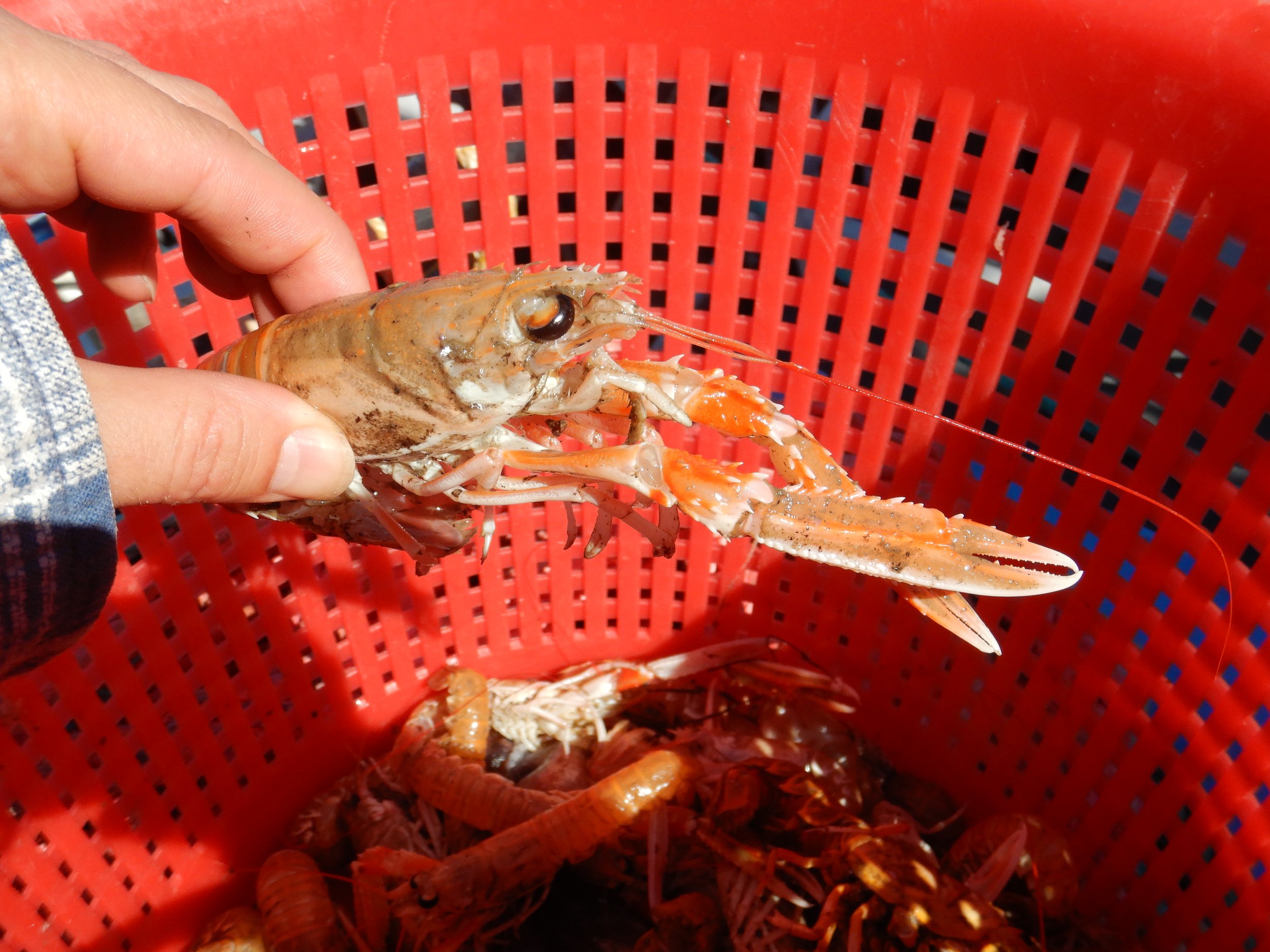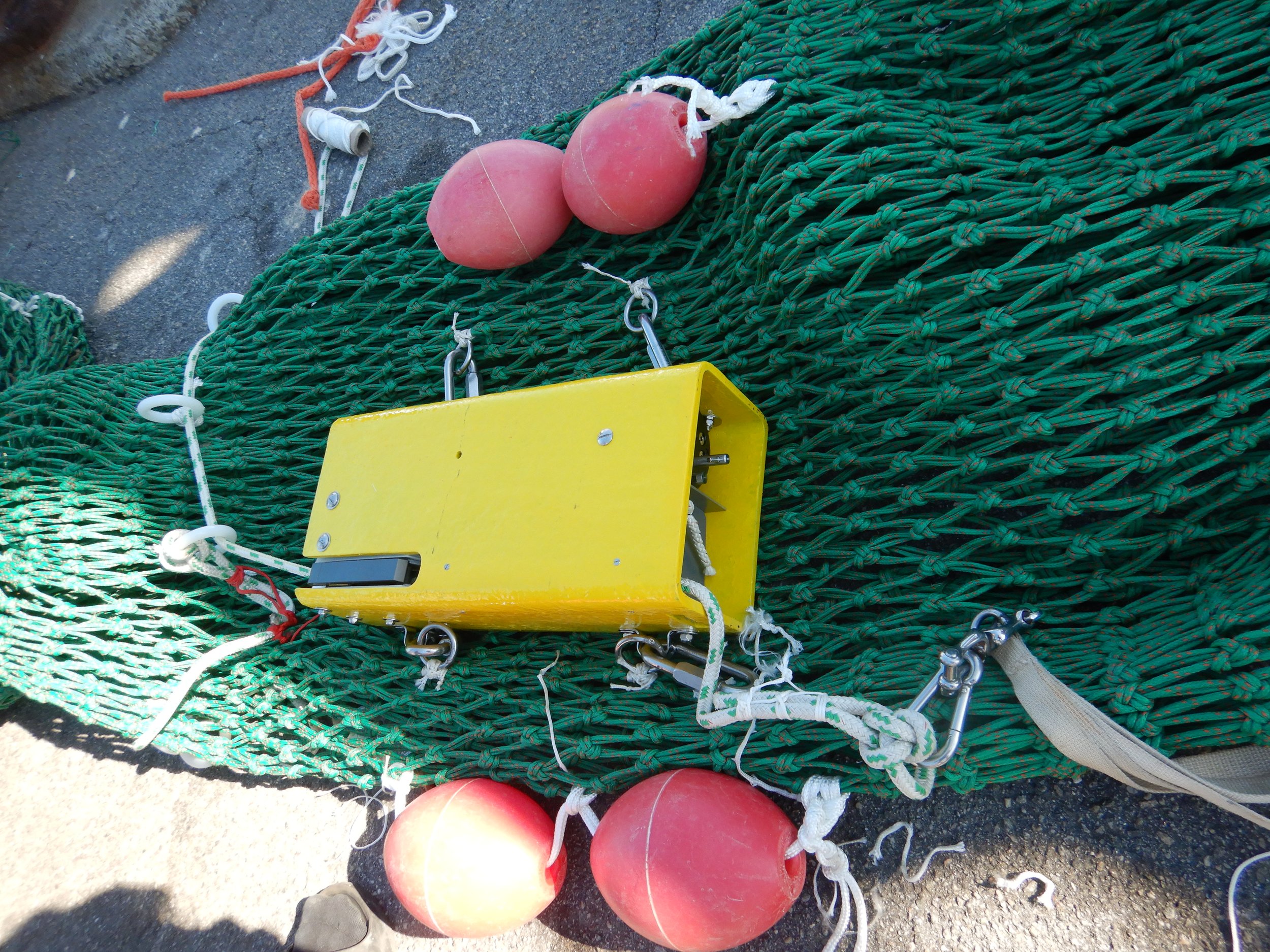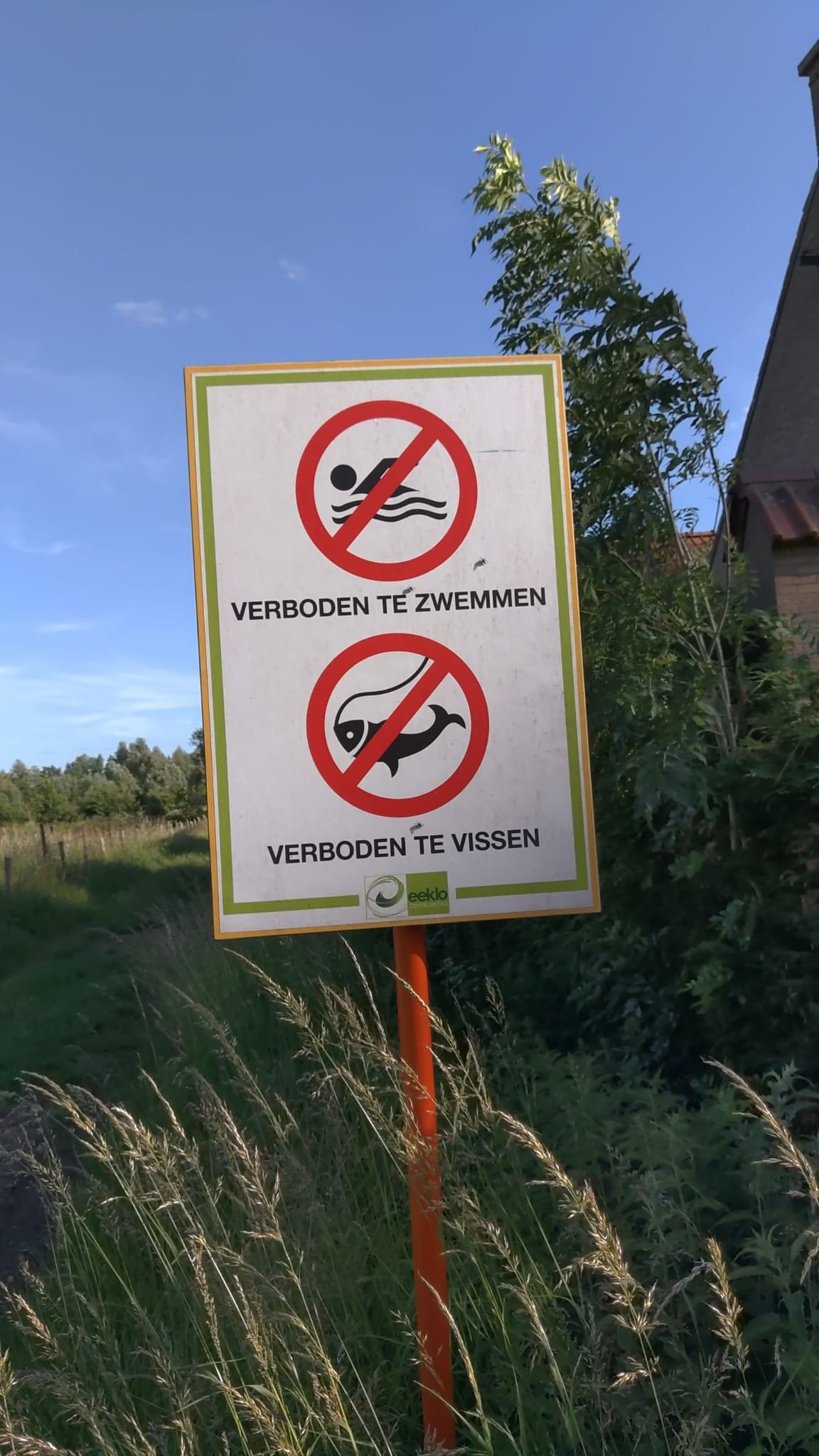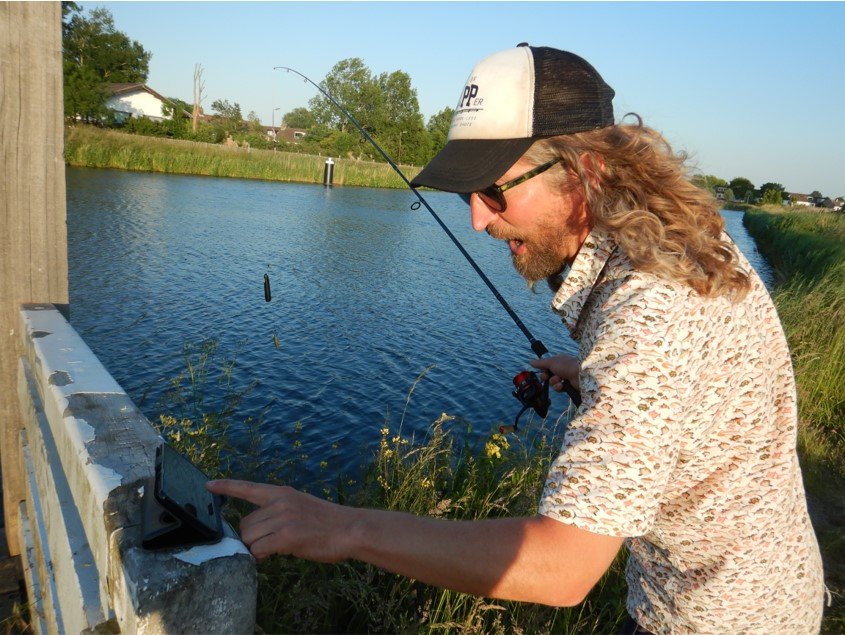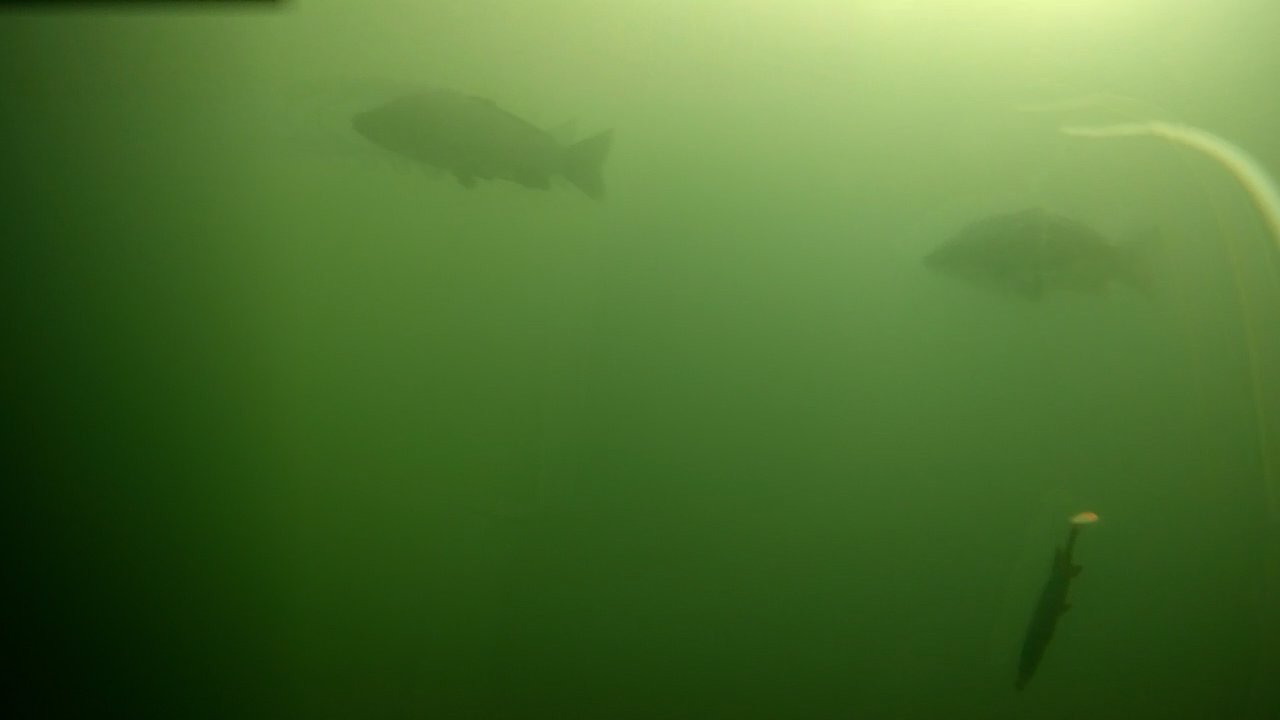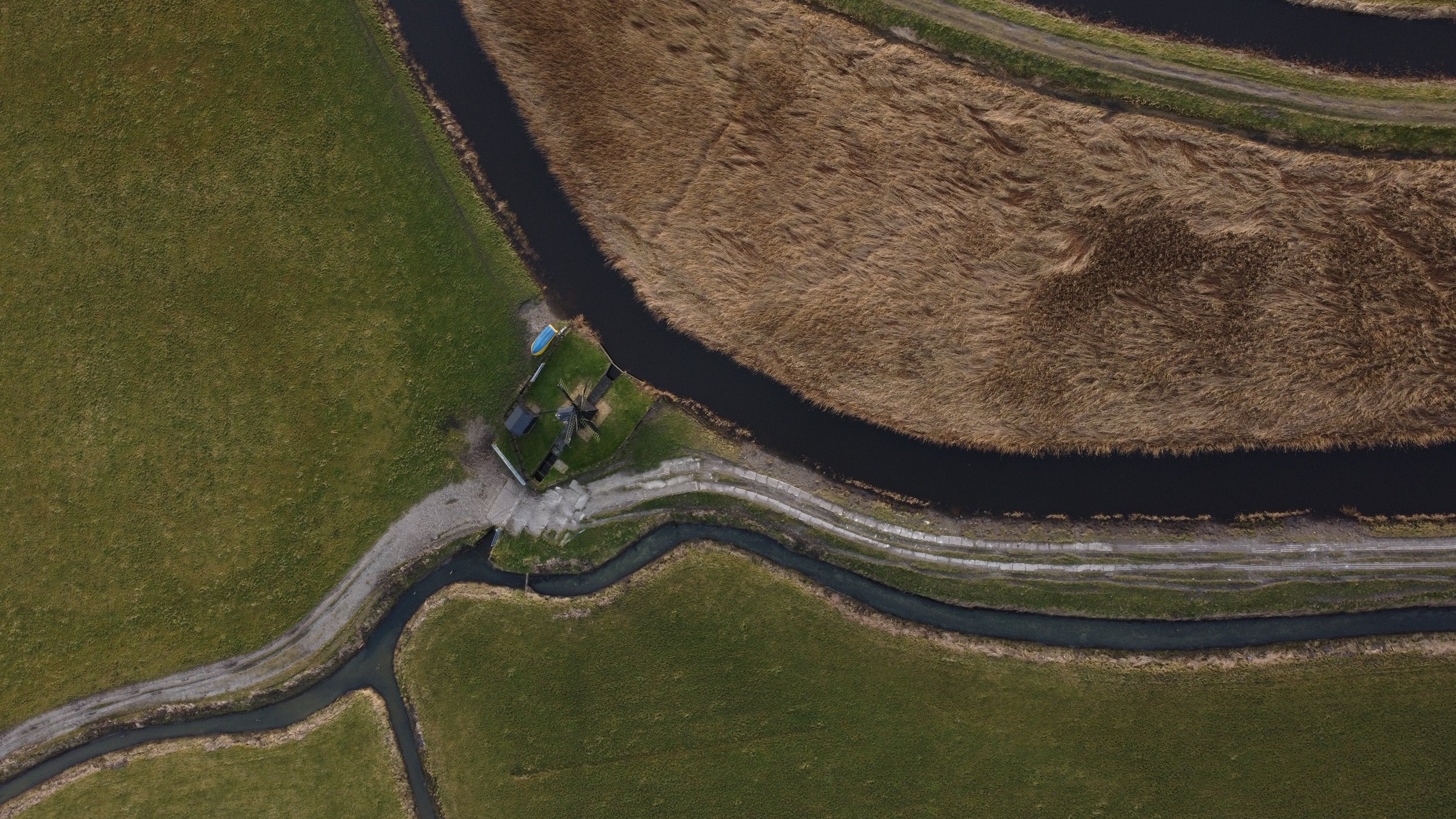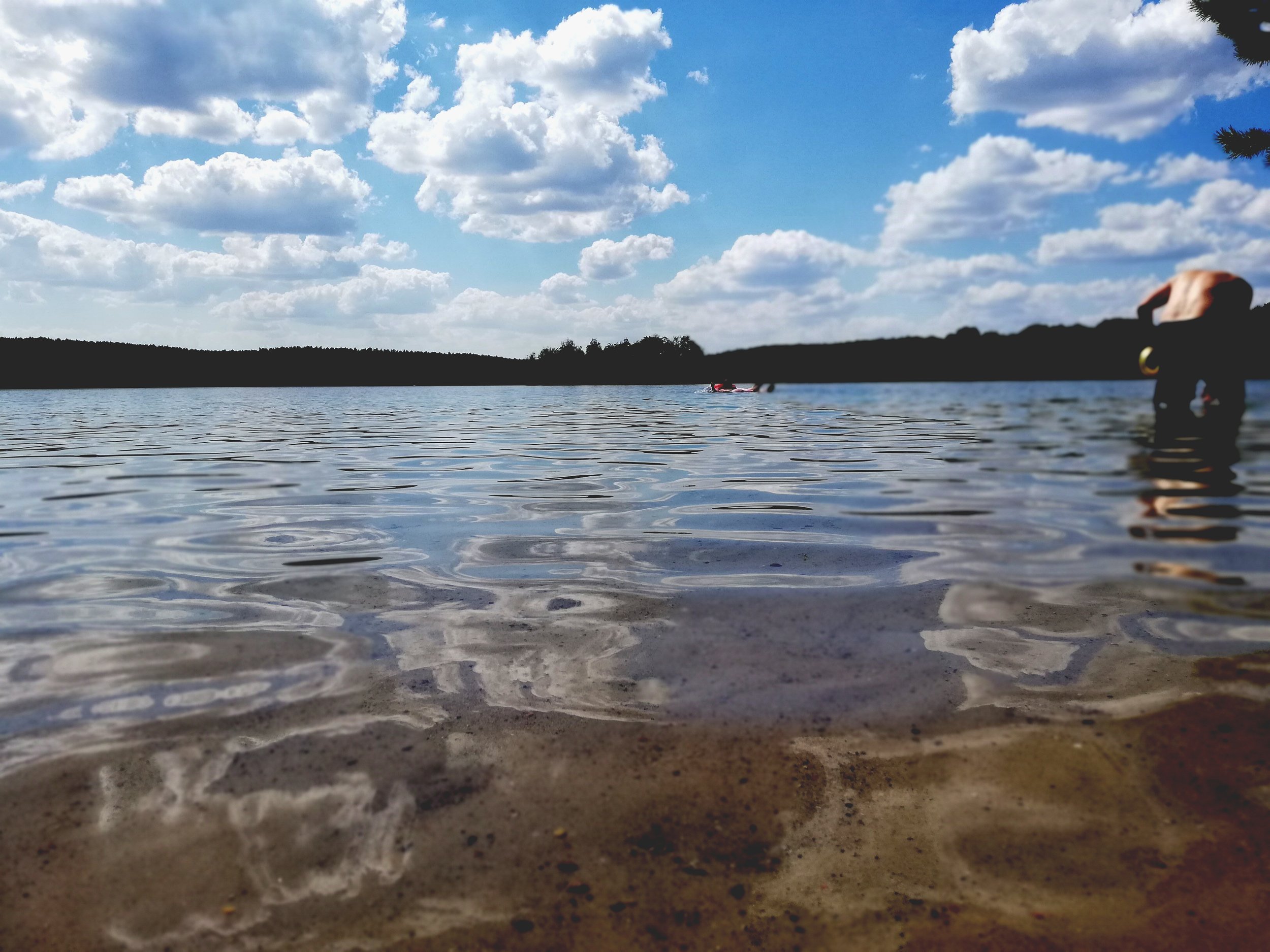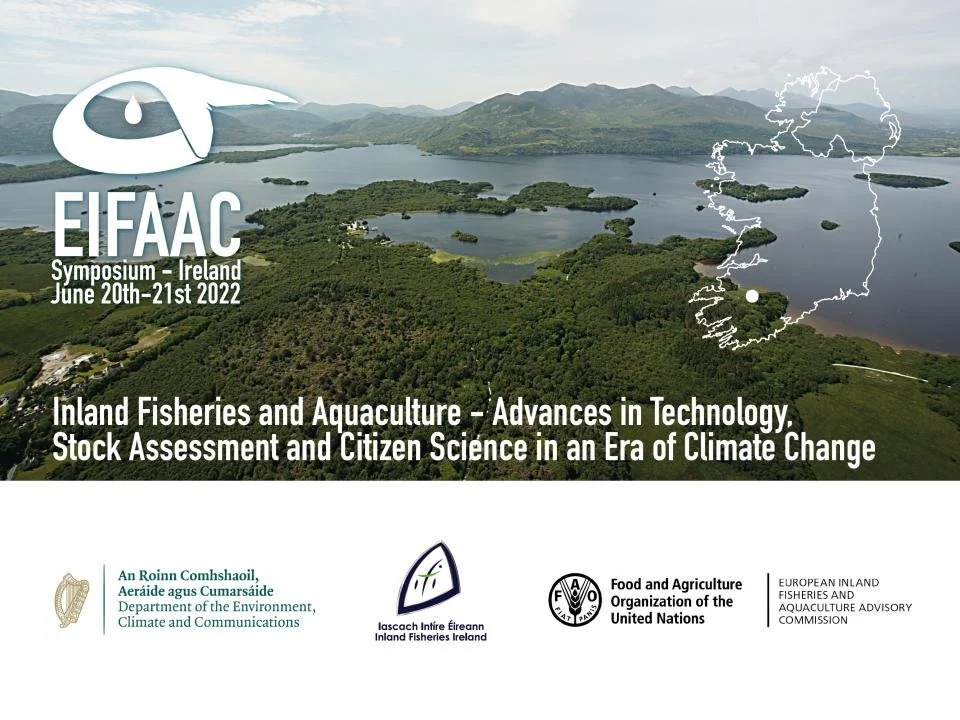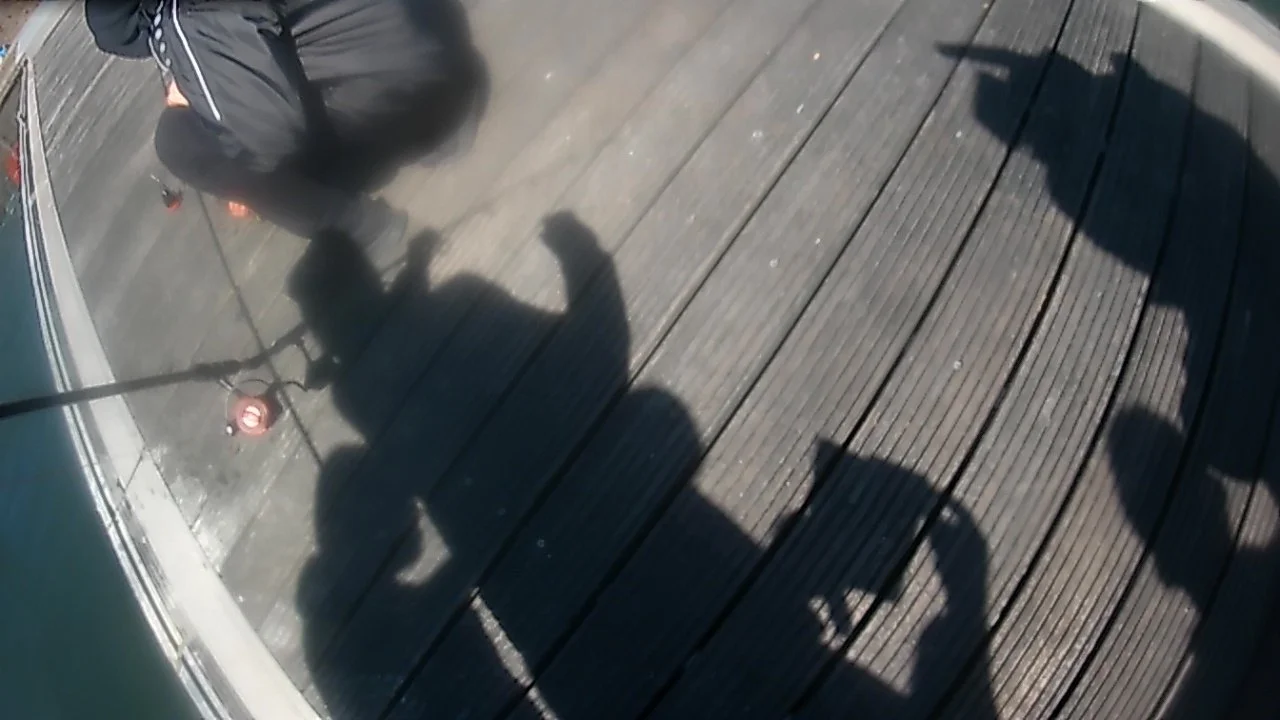Discover, measure and know biodiversity at the first Belgian citizen science festival by the sea
With the 'ZEEKERWETEN (Know for Sure)' Festival, our coast is getting its first citizen science festival by the sea. On Sunday 8 May, VLIZ and partners invite everyone to enjoy a rich program of outdoor activities. The aim is to teach the general public techniques to make coastal animals and plants more visible and thus to help science move forward even after that day.
Sea, beach, marsh, dune. Attractive places with surprising animals and plants. On Sunday 8 May (10 am-4 pm), the citizen science festival 'ZEEKERWETEN (Know for Sure)' offers everyone the chance to discover this special life in a surprising way. Passionate experts share the necessary tricks and tools. Techniques that everyone can use after that day as a fully-fledged citizen scientist. Both researchers affiliated with universities and scientific institutions (UGent, INBO, ILVO, VLIZ) participate, as well as employees of visitor centers and educational facilities by the sea (Duinpanne, Duinenhuis, Marine Ecological Center, Bird Shelter Centre, Horizon Educational, Zwin Nature Park).
Some activities take place throughout the day, others only at certain times. The full programme can be found at www.zeekerweten.be.
“It will be a unique open-air experience, full of action and fascinating research. There are more than thirty activities at 17 locations spread across the coast. And, together with our partners, we mobilize more than eighty experts to provide the best possible guidance to the public”, says main organizer Jan Seys (VLIZ). There is something for everyone.
A selection from the rich programme illustrates how all kinds of techniques help the citizen scientist today more than ever:
- In the visitor center Duinpanne (Adinkerke) attention is paid to the use of wildcams to detect nocturnal animals. You will learn how to purchase, set up and operate such a wildlife camera, and what you should pay attention to in order to achieve maximum results.
- In the Spuikom overflow near Ostend, Doctor Snapper shows you how to “fish” with a fishing rod with only a camera attached (and some bait without a hook). This way you don't have to hurt the fish and you still get to see the animal.
- At the Rederskaai (Zeebrugge) the focus is on seaweed and sea creatures that you will find on and around the pontoons of the marina. Two divers retrieve living material to the surface. Experts from the Strandwerkgroep, Ghent University and VLIZ help you identify.
- ObsIdentify allows you to identify up to 20,000 species of plants and animals. This app is being demonstrated in the Zwin Nature Park and is actively being used at many other stations. You will discover in the Zwin and in Duinpanne how you can blindly recognize the song of birds with another app. The reading of color rings in gulls and other birds – in order to be able to trace their life path – is also discussed.
Attention is also paid to hedgehogs, bats, the "zorro mouse", plants and creepy crawlies in the dunes, ladybugs, the Asian hornet, life in dune pools and on beaches, plankton, etc.
ZEEKERWETEN is an initiative of VLIZ, Natuurpunt, Scivil, INBO, EOS, Strandwerkgroep, Province of West Flanders, Horizon Educational, MEC, WWF-Rangersclub, VOC, Duinenhuis, UGent, ILVO and the Flemish Government. It is part of the LifeWatch Belgium project.
(This is an edited google translation of the Dutch press release).
